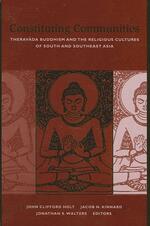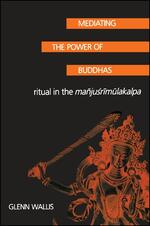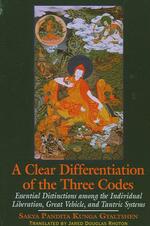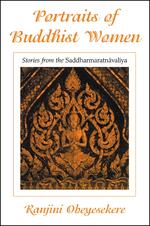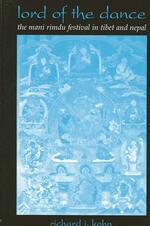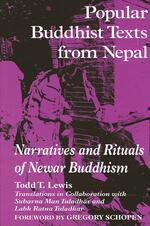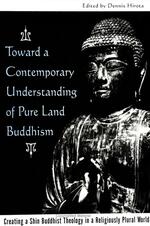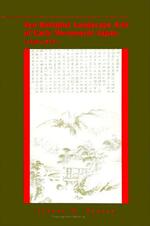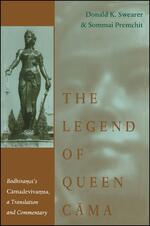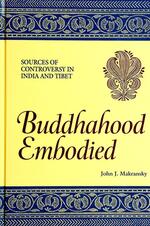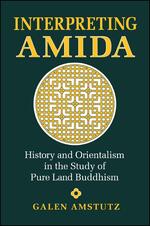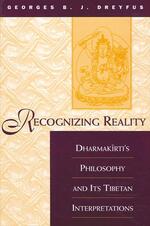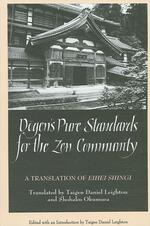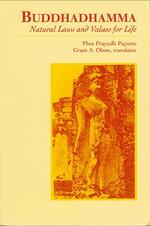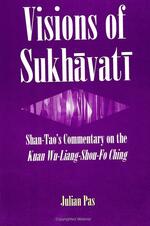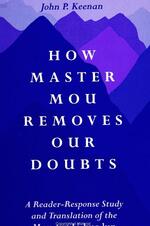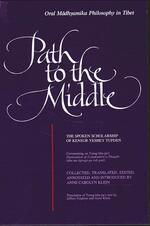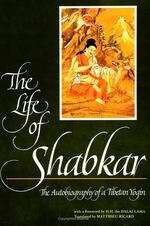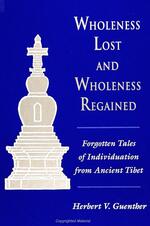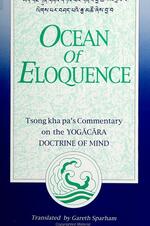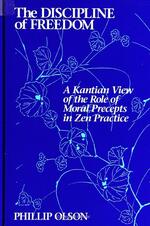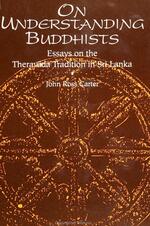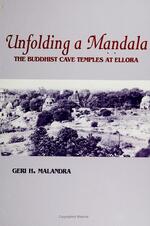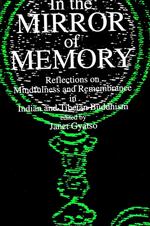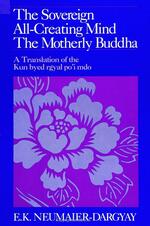SUNY series in Buddhist Studies
Constituting Communities
Explores how community is defined and how it functions among Theravada Buddhists in South and Southeast Asia.
Mediating the Power of Buddhas
Analyzes a seventh-century ritual manual that provides both a rich source of information of medieval Buddhist life and addresses the ongoing concern of how an adherent can encounter the power of a buddha.
A Clear Differentiation of the Three Codes
The first English translation of the influential and controversial Tibetan Buddhist classic.
Portraits of Buddhist Women
A collection of stories about women from the thirteenth-century Buddhist work that reveals much about women's status in their society and within Buddhism.
Lord of the Dance
A first-hand description of the Mani Rimdu festival of Tibet and Nepal, an event which encapsulates the Himalayan Buddhist experience.
Popular Buddhist Texts from Nepal
Drawing on textual and anthropological research, this book demonstrates how popular ritual texts and stories have shaped the religion and culture of the only surviving Mahayana Buddhist society, the Newars of Kathmandu.
Toward a Contemporary Understanding of Pure Land Buddhism
Explores the potential significance of Japanese Pure Land Buddhist Thought in the contemporary world, and provides a new model of interreligious dialogue as Buddhist thinkers engage with Christian theologians concerned with the present-day significance of their own tradition.
Zen Buddhist Landscape Arts of Early Muromachi Japan (1336-1573)
Explores Japanese literary Zen through the landscape arts of poetry, prose, painting, and gardens expressed in the writings of Japan's Five Mountain monks.
The Legend of Queen Cāma
An English translation and a commentary on the chronicle of Queen Cama, an important but neglected female monarch who founded a dynasty in Northern Thailand.
Buddhahood Embodied
Provides many new translations of original texts formative of Mahayana concepts of Enlightenment and resolves the 1200-year-old controversy between Indian and Tibetan views of the meaning of buddhahood.
Interpreting Amida
Examines the history of Japanese Pure Land Buddhism and how orientalist assumptions have caused the West to ignore this important tradition.
Recognizing Reality
Examines the central ideas of Dharmakirti, one of the most important Indian Buddhist philosophers and their reception by Tibetan thinkers.
Dōgen's Pure Standards for the Zen Community
Presents a complete, annotated translation of Dogen's writing on Zen monasticism and the spirit of community practice. Dogen (1200-1253) is Japan's greatest Zen master.
Buddhadhamma
Written by one of the most highly regarded monk-scholars in Southeast Asia, this book is a modern distillation of the pivotal doctrines found in the Pali Buddhist canon.
Visions of Sukhāvatī
One of the masters of Pure Land Buddhism shows how to have a vision of the Land Sukhavati and its Lord by using the sutra as a manual of visualization.
How Master Mou Removes Our Doubts
This is the first English translation of the earliest Chinese Buddhist text, but it is more than a translation. Keenan shows that Mou-tzu's Treatise on Alleviating Doubt is a Buddhist hermeneutic on the ...
Path to the Middle: Oral Mādhyamika Philosophy in Tibet
Does a Bodhisattva's initial direct cognition of emptiness differ from subsequent ones? Can one "improve" a nondualistic understanding of the unconditioned and, if so, what role might subtle states of ...
The Life of Shabkar
The Life of Shabkar has long been recognized by Tibetans as one of the master works of their religious heritage. Following his inspired youth and early training in his native province of Amdo under the ...
Wholeness Lost and Wholeness Regained
This book deals in narrative form with the theme of recovering lost wholeness—with the perennial question of beginnings and what role a human being must play in order to find meaning in his or her life. ...
Ocean of Eloquence
This book is of particular interest because it shows the presence of the Yogācāra (Mind Only) school in Tibet. It is well known that the Mādhyamaka school flourished in Tibet, but less well known that ...
The Discipline of Freedom
The author interprets Zen Master Shunryu Suzuki's account of Zen practice from a Kantian perspective in order to explore the deep connection between Zen meditation, or zazen, and respect for universal ...
On Understanding Buddhists
Carter unfolds the cumulative traditions of Theravāda Buddhism by showing how one "looks at the world through Buddhist eyes." Presenting evidence from the Buddhist heritage in Sri Lanka, he develops ...
Unfolding A Mạṇdala
Ellora is one of the great cave temple sites of India, with thirty-four major Buddhist, Hindu, and Jain monuments of the late sixth to tenth centuries A. D. This book describes the Buddhist caves at Ellora ...
In the Mirror of Memory
This book studies the diverse array of species of memory in Buddhism. Contributors focus on a particular school, group of texts, terms, or practices and identify a considerable range of types of mnemonic ...
The Sovereign All-Creating Mind - The Motherly Buddha
What distinguishes this Buddhist text from so many others is the timelessness of its ideas. It constitutes a radical attempt toward deconstructing Buddhist philosophy, and presents a feminist perspective ...
